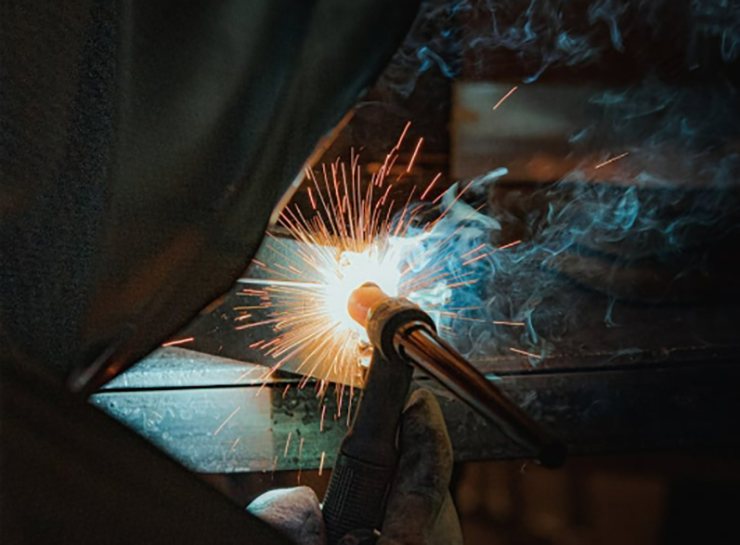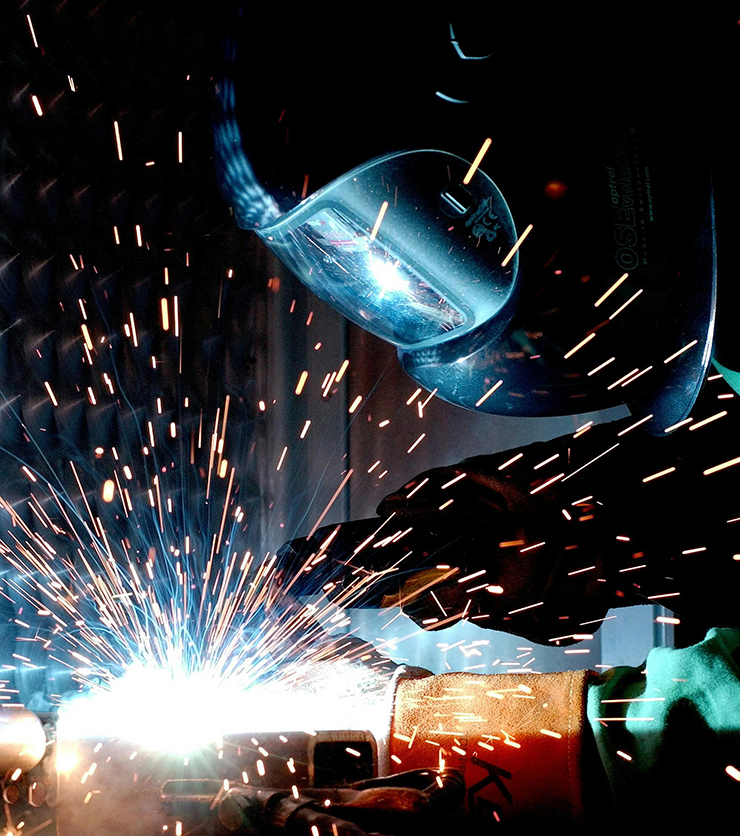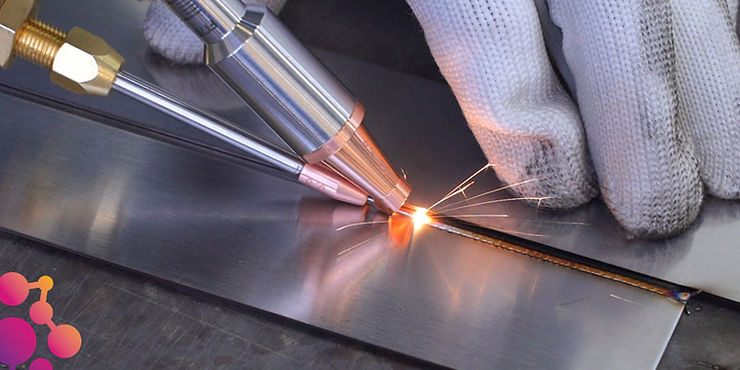Welding Options in Manufacturing: TIG, MAG, and Laser Techniques
Welding involves connecting two or more metal pieces by melting and merging them. Various welding methods offer distinct benefits and drawbacks. In this blog, we will explore three widely-used welding techniques in manufacturing settings: TIG, MAG, and laser welding.
TIG Welding
TIG welding, or tungsten inert gas welding, is an arc welding technique that employs a tungsten electrode to create a weld. Unlike some other methods, the tungsten electrode remains intact throughout the process, so a separate filler material, typically provided as a rod or wire, is required.
This welding method is highly versatile, suitable for joining a broad spectrum of metals such as stainless steel, aluminum, titanium, and specialized alloys. Additionally, TIG welding is known for its precision, producing high-quality, clean welds.
Advantages of TIG welding
Versatility: Can be used to weld a wide range of metals.
Precision: Allows for high-quality welds.
Good finish: TIG welds typically have a smooth, uniform appearance.
Disadvantages of TIG welding
Requires an experienced welder: TIG welding is a more difficult process to learn than other types of welding.
Slower than other types of welding: TIG welding takes longer to complete
MAG Welding
MAG welding, or metal active gas welding, is an arc welding technique that utilizes a consumable metal electrode to create a weld. As the metal electrode is used up during the process, a filler material is continuously supplied through a wire that is automatically fed to the welding torch.
This welding method is highly efficient and well-suited for working with metals of medium to thick gauges. Its relatively straightforward nature makes it an accessible choice for novice welders, offering a productive and effective solution for various welding applications.
Advantages of MAG welding
Productivity: Is a very fast and efficient process.
Easy to learn: Is a relatively easy process to learn, making it a good option for beginning welders.
Disadvantages of MAG welding
Not as versatile as TIG welding: Cannot be used to weld thin metals or exotic alloys.
Surface finish may not be as good as TIG welding.
Laser Welding
Laser welding is a technique that utilizes a focused laser beam to melt and fuse metals together. Known for its precision and cleanliness, this method produces high-quality welds with minimal defects.
Laser welding finds applications across various manufacturing sectors, including:
- Automotive Industry: It is employed to weld car bodies, engines, and other automotive components.
- Aerospace Industry: Used for welding aircraft structures, engines, and other aerospace parts.
- Electronics Industry: Applied to weld electronic components, such as circuit boards and connectors.
Advantages of laser welding
Precision: Allows for high-precision welds.
Cleanliness: Produces clean, spatter-free welds.
Speed: Is a very fast and efficient process.
Disadvantages of laser welding
Cost: Laser welding is a more expensive process than other types of welding.
Conclusion
TIG, MAG, and laser welding are three widely-used techniques in manufacturing, each offering unique advantages. The ideal welding method for a specific application depends on factors such as the type of metal, its thickness, the required precision, and budget constraints.
Here are some examples of how these welding techniques are applied in manufacturing:
- TIG Welding: Commonly used for welding stainless steel components in the food and beverage industry.
- MAG Welding: Utilized for joining steel beams in the construction sector.
- Laser Welding: Preferred for welding thin aluminum sheets in the electronics industry due to its precision and efficiency.
Among these methods, laser welding stands out for its exceptional precision and ability to produce high-quality welds with minimal heat distortion. This makes it particularly advantageous for applications requiring intricate work or thin materials. For manufacturers seeking a cutting-edge welding solution, laser welding offers superior performance and reliability, ensuring optimal weld quality and meeting rigorous production demands.
The T300 Table Welder
The T300 Table Welder is currently in the presale stage as part of our new product launch event. The regular retail price for this product ranges from $5000 to $8000, depending on the specific features and confi-guration. However, as part of this special launch, we are offering our first batch of customers a discount of up to 50% off. We invite you to follow our launch page and take advantage of this exclusive offer.
Here is the link to the pre-sale page:
https://www.indiegogo.com/projects/herolaser-t1-lightest-5-in-1-ai-table-laser-welder/coming_soon
Post time: Aug-27-2024










